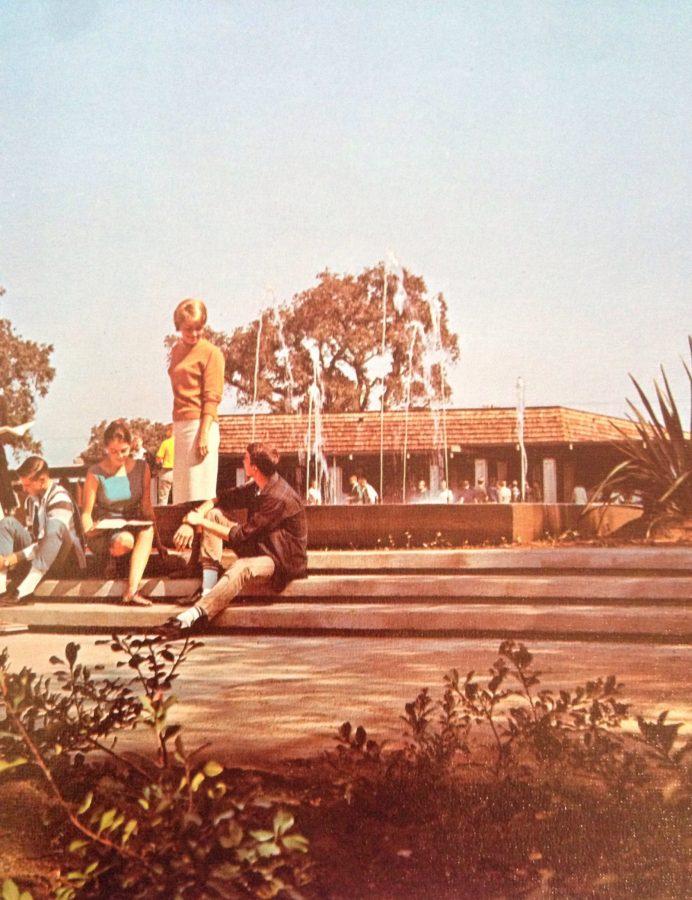Written by Emily Kvitko
Trends come and go and things change, and Gunn has been no exception to this rule. However, not all change has been for the better, especially when it comes to Gunn’s academic environment. Over the past 50 years, academic peer pressure, stress and anxiety have all increased. The result is an unhealthy school environment that is drastically worse than that of the Gunn from 1964. A major cause of higher levels of stress at Gunn is the increased competition surrounding college admissions. Over the past decade, college acceptance rates have radically dropped. In the fall of 2000, 13.2 percent of applicants were accepted to Stanford University, while only 5.07 percent were accepted in 2014. This has led to competition in classrooms and changed how students regard their daily activities. Teens strive to take the hardest classes, get the highest grades and simply be the best, which ultimately creates pressure for other students to do the same. As a result, high achievers turn into perfectionists rather than the creative and problem-solving adults that Gunn hopes to nurture. Focused only on capturing a spot at a top college, many teens are willing to change themselves to fit the image of the student they believe colleges “want,” a goal that is undoubtedly unhealthy and detrimental to the learning environment. Furthermore, the Gunn community has become far less tight-knit. In 1964, there were only 800 students on campus. According to Gunn’s first principal Dr. Robert McLean, Gunn had a more holistic community that helped ensure no student was left behind as students get to know their classmates and teachers better. But today there are more than 2000 students at Gunn, a nearly 250 percent increase. This increase in student body has ultimately caused the student experience at Gunn to be less personal than it was in the old days. The change Gunn has undergone hasn’t been all bad, though. After all, Gunn has evolved into a place where students can be challenged and surrounded by smart people. In addition, the school has taken steps toward tackling the issue of a more competitive college application process by opening a college and career center, hiring more counselors and buying useful technology for students to use in the college application process. 50 years ago, Naviance did not exist. Today, a student can look at statistics, keep track of college visits and compile a personalized list of desirable schools. Still, despite its success with making technical improvements in the college application process, Gunn has to do more to tackle the emotional issues that students experience. The answer to fixing the heightened stress of competition isn’t simple. However, limiting the number of colleges that students are allowed to apply to can help. The student body would also benefit from cross-department collaboration of teachers which could allow them to better mitigate student workloads and stress. Anxiety-incuding situations such as having multiple tests on the same day can and should be avoided. Over the last 50 years, Gunn’s academic environment has increasingly faced excessive academic competition, peer pressure and a larger, disconnected student body. However, with a new principal and the WASC process that is happening, Gunn is being presented with an opportunity for change and improvement.
—Kvitko, a senior, is a Centerfold Editor.
Story continues below advertisement










